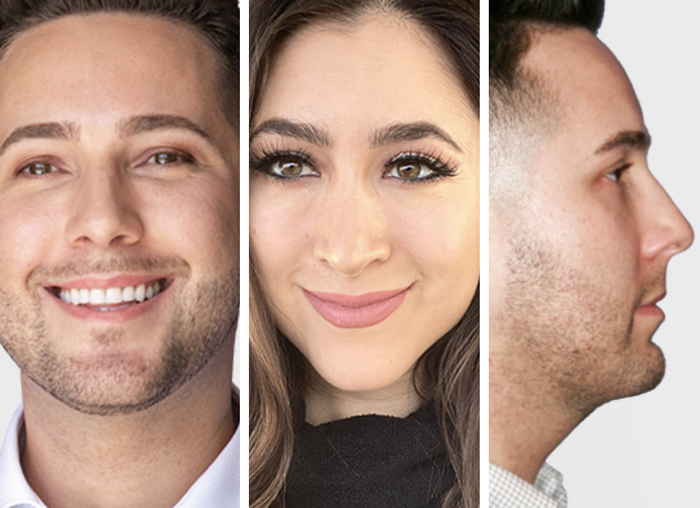By now, almost everyone has heard of Botox, but many people do not know exactly what it’s used for or how it works. Botox® Cosmetic and Dysport® are both purified formulations of one of the molecules produced by the bacteria Clostridium botulinum. With skillfully placed, small doses, these molecules will interrupt the signals between nerve endings and muscle fibers in a particular area. The result is a softening of some of the facial wrinkles (rhytids) that are caused by repetitive motion. The first approved and most common area for Botox Cosmetic and Dysport injections is the inter-brow area (glabella). Glabellar furrows or frown lines (sometimes called the “11’s”) are caused by the corrugator muscles, and weakening these muscles softens the brow region, opens up the eyes, and helps make people look more relaxed and rested. Some physicians also use injections here to treat migraine headaches.
Why Should I Get Botox with a Surgeon?
Dr. Ransom uses either Botox® Cosmetic or Dysport® to treat fine lines and furrows in the forehead, brow region, and around the eyes (crow’s feet or smile lines). In addition, these treatments may be effective for certain types of neck bands (platysma muscles). Please visit the photo gallery for an example, and call to schedule your appointment for a consultation or treatment today!
Explore our
Patient Gallery
*Actual patients in photos

Dr. Ransom sees patients from all over Bay Area for Botox injections, including Mill Valley/Marin County, Napa/Sonoma, San Rafael/Petaluma Hillsborough, San Mateo, Menlo Park, Orinda, Palo Alto, Piedmont, Walnut Creek, and the world.
Frequently Asked Questions
Please note that all patients are different and individual healing times and results may vary. The statements regarding procedures and recovery made here are general rules.
Can Botox age you?
Can Botox cause weight gain?
Can Botox help sinuses?
Can Botox lift eyebrows?
Can I go for a walk after Botox?
Can I have wine after Botox?
Can you drink coffee after Botox?
Does Botox make you look older after it wears off?
Does Botox make you shiny?
How long does Botox last?
Is 50 too old for Botox?
Is Botox a poison?
Is Botox a steroid?
Is Botox good for under eye wrinkles?
Should I move my face after Botox?
What age should I start Botox?
What are the bad side effects of Botox?
What is Botox used for?
What should you not do after Botox?
Who should not get Botox?
Why cant you lay down after Botox?
Dr. Evan Ransom is an Ivy League-educated and Ivy League trained Facial Plastic and Reconstructive Surgeon. He is a Double Board Certified Head and Neck Surgeon and Facial Plastic and Reconstructive Surgery and fellowship-trained in facial plastic, reconstructive, and laser surgery. His practice is in the San Francisco Bay Area, serving patients from San Francisco, Oakland, Marin County, Palo Alto, Silicon Valley, Walnut Creek, the East Bay, and all over Northern California.
 (415) 550-1077
(415) 550-1077 San Francisco
San Francisco

 Play Video
Play Video


